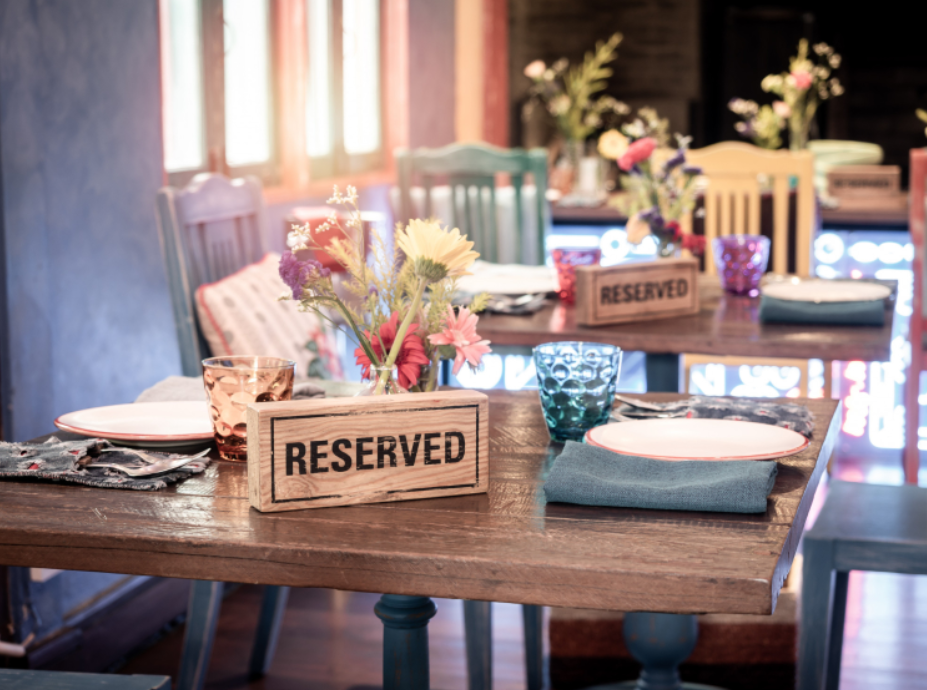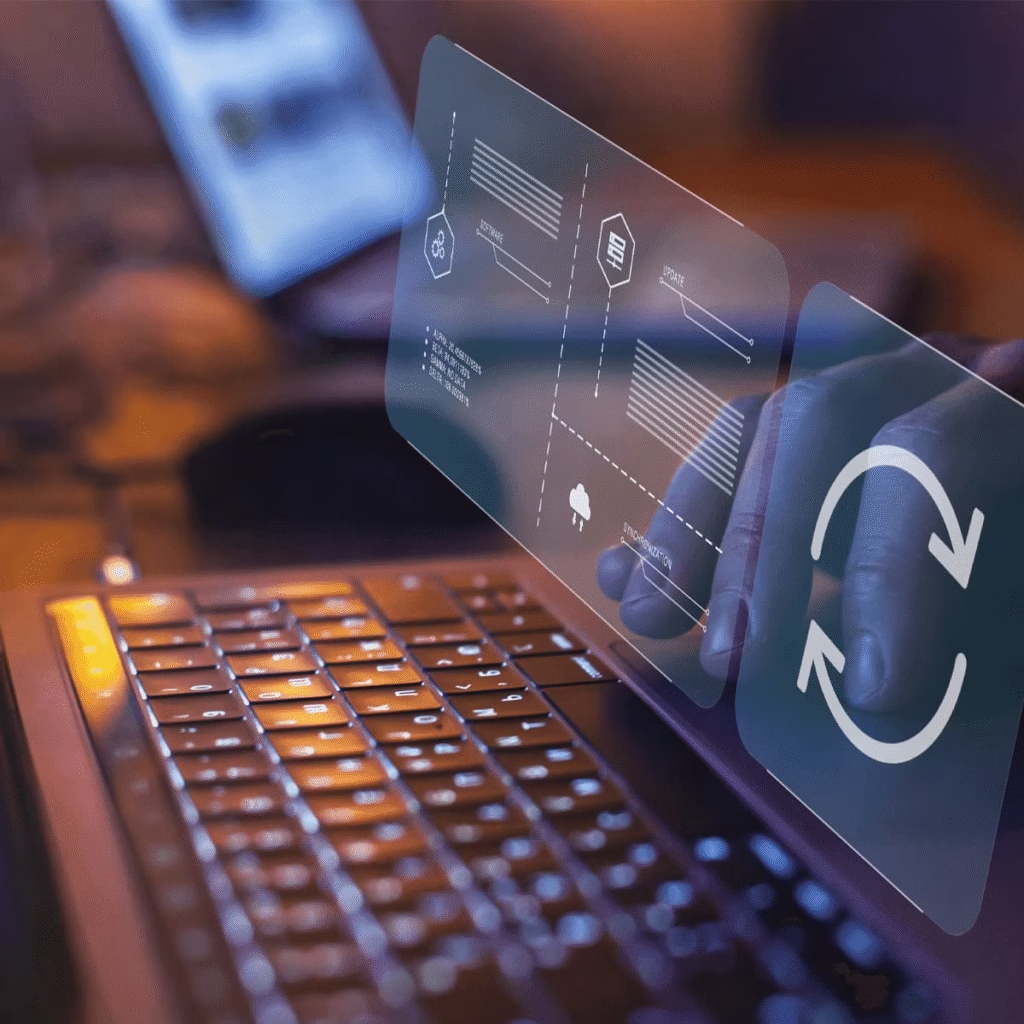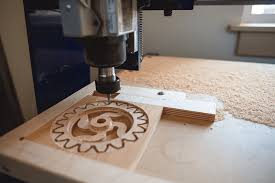Having a quick table reservation in the restaurant process is not only handy but also necessary for survival in the competitive dining scene of today. Whether you run an elegant dining restaurant or a small neighborhood cafe, your bottom line and reputation directly depend on how you handle bookings. Even a well-made reserved sign on tables might influence visitors’ impressions of your professionalism and attention to detail.
Understanding the Modern Dining Landscape
The days of depending just on a paper ledger behind the host stand are gone. Consumers of today want flawless digital experiences. Hence, restaurants either have to change or risk losing business to more tech-savvy rivals.
A well-run restaurant booking system does far more than only stop multiple bookings. It changes processes, improves the customer booking experience, and offers insightful information that can change your company’s direction.
Choosing the Right Solution for Your Establishment
Not all reservation platforms are created equal. Consider these factors when selecting yours:
- Restaurant size and service style
- Budget constraints
- The technical expertise of your staff
- Integration needs with existing POS systems
- Mobile accessibility requirements
- Analytics capabilities
The best system strikes a balance between functionality and usability—sophisticated enough to meet your needs yet intuitive enough that your team can master it quickly.
Essential Features Worth Investing In
Your reservation system integration should include robust tools that serve both operational and customer needs. Real-time availability updates prevent embarrassing double bookings, while automated confirmation messages reduce staff workload and reassure guests. Customizable table layouts reflect your actual floor plan, enabling accurate capacity management even during layout changes. Effective waitlist management transforms potential walk-away customers into seated guests during busy periods. Customer profile storage captures critical information like dietary restrictions or celebration notes that provide personalized service. No-show tracking identifies patterns and problematic guests, while comprehensive data reporting tools reveal booking trends that inform business decisions.
- Real-time availability updates
- Automated confirmation messages
- Customizable table layouts
- Waitlist management
- Customer profile storage (dietary preferences, celebration notes)
- No-show tracking
- Data reporting tools
Premium systems often add features like deposit collection, integration with review sites, and marketing tools that can justify their higher price tags through increased bookings.
Optimizing the Guest Journey
A superior customer booking experience begins long before diners arrive. Make your reservation widget prominent on your website—buried booking tools lose potential customers to more accessible competitors. Limit required fields to essential information since each additional form field reduces completion rates. Offer multi-platform booking opportunities across your website, Google Business profile, and social media channels to meet guests where they already spend time. Send personalized confirmations containing helpful information about parking options, dress code expectations, or special events. Implement gentle reminders 24-48 hours before reservations to reduce no-shows while reinforcing anticipation.
Every touch point is an opportunity to begin building the relationship that leads to loyal customers.
Tips for Taking Table Reservation Over the Phone
Despite digital advances, many guests still prefer calling directly. Train your staff in these practices:
- Answer within three rings with a warm greeting identifying the restaurant
- Use active listening techniques when capturing details
- Repeat the information back to confirm the accuracy
- Mention any policies (cancellation, late arrival) during the booking
- End with genuine appreciation and confirmation of details
- Document everything immediately in your system
Voice interactions provide valuable opportunities to build rapport that digital channels can’t match.
Streamlining How to Take Table Reservation During Peak Hours
When the phone won’t stop ringing, and walk-ins are queuing at the door, efficiency becomes paramount. Establish clear decision trees that guide staff through various scenarios without requiring manager intervention for every edge case. Create standardized scripts that balance personalization with efficiency during high-volume periods. Consider implementing a buddy system where servers temporarily help front-of-house staff manage the reservation crush during predictable busy periods. Utilize visual cues on floor plans that quickly identify available tables without requiring lengthy system navigation. Develop shorthand notation for common special requests that speed documentation without sacrificing accuracy.
Well-practiced systems prevent the chaos that can frustrate both staff and guests during rush periods.
Training Your Team for Success
Your restaurant booking system is only as effective as the people using it. Invest time and resources in comprehensive initial training that covers both technical operation and customer service principles. Schedule regular refresher sessions that reinforce best practices and introduce new features as they become available. Identify and develop internal champions who demonstrate aptitude with the system and can train others during staff turnover. Document all procedures in an accessible format that new hires can reference during their learning curve. Recognize and reward staff members who excel at managing reservations effectively, reinforcing the importance of this critical function.
Consider role-playing scenarios to practice handling difficult situations like overbookings or VIP requests.
Handling the Inevitable Challenges
Even the best systems face obstacles. Prepare strategies for:
- System outages (maintain a backup method)
- Double bookings (have predetermined recovery options)
- No-shows (consider deposit policies)
- Large party management (special protocols)
- Special occasions requiring customization
The mark of excellent reservation management isn’t avoiding all problems—it’s having solutions ready when they occur.
Leveraging Data for Business Growth
Modern reservation system integration provides invaluable insights:
- Peak booking times and days
- Average party size
- Booking lead times
- Cancellation patterns
- Customer return frequency
This information should inform staffing decisions, marketing initiatives, and even menu planning.
Looking Ahead: Emerging Trends
Stay competitive by watching developments in reservation technology. AI-powered forecasting increasingly helps restaurants predict busy periods with uncanny accuracy. Automated wait time predictions improve the guest experience during peak periods. Some innovative establishments have begun experimenting with dynamic pricing models that adjust based on demand, similar to hotel and airline strategies. Voice assistant integration allows guests to book through devices like Amazon Alexa or Google Home. Blockchain technology shows promise for revolutionizing loyalty programs with secure, transparent point systems.
The reservation landscape continues evolving, and forward-thinking establishments will adapt accordingly.
The Future of Dining: A Conclusion
Establishing a good table reservation for a restaurant system calls for careful design, staff buy-in, and continuous improvement. When done correctly, it becomes a strong business tool, improving operations, guest satisfaction, and profitability from a simple utility.
The effort and money spent in streamlining your reservation system will pay off in better efficiency, increased client happiness, and, finally, a more successful restaurant. Businesses that keep the ideal mix of personal hospitality and technological efficiency will stand out in a market that is becoming more and more competitive as technology develops.






